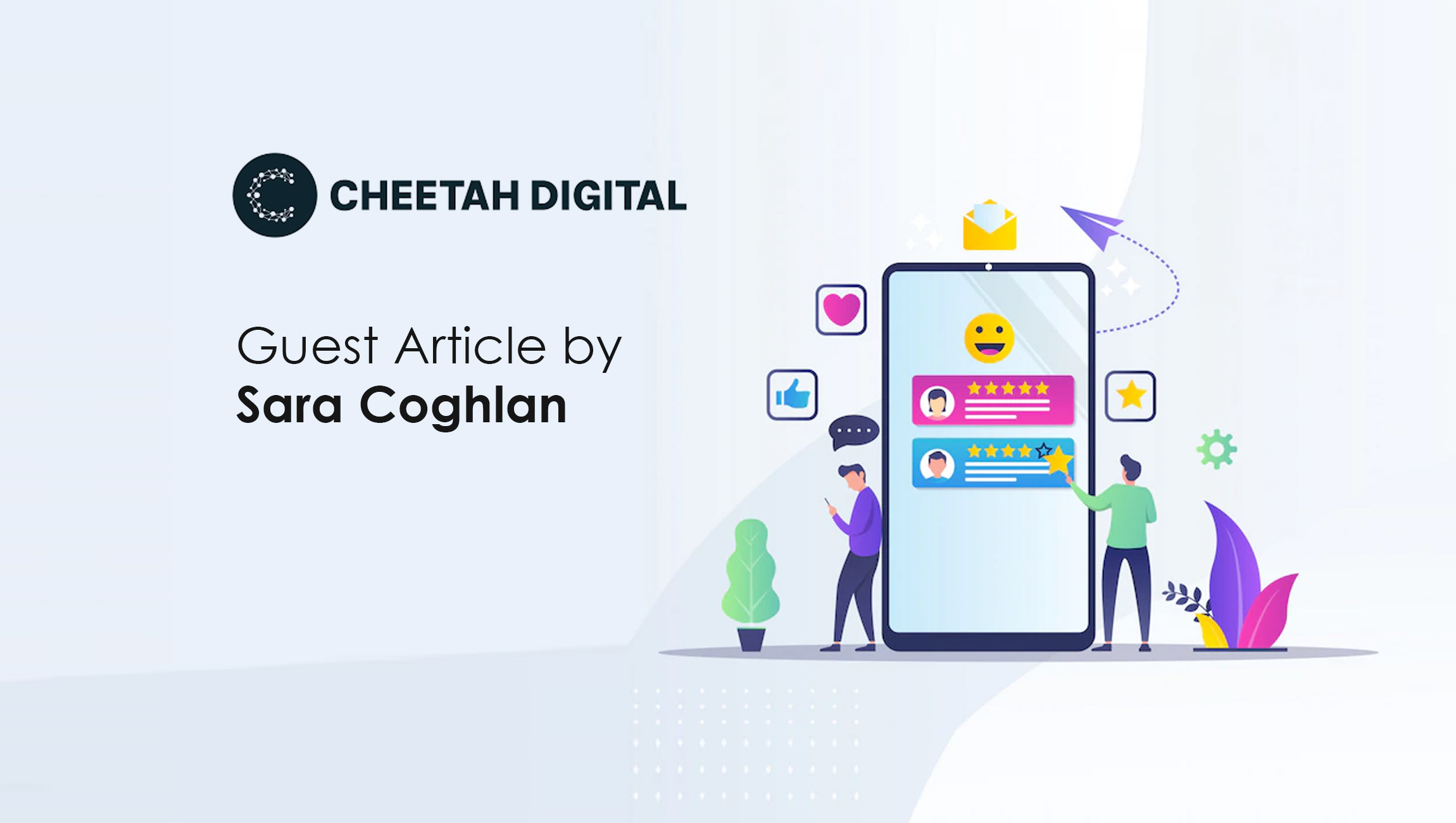95% of the world is now covered by mobile broadband networks, but 40% of the population covered by these networks face other barriers that prevent them getting online
Ensuring people are able to use mobile internet, rather than focusing purely on network coverage, is the key to driving digital inclusion for 3.2 billion people worldwide, according to statistics released by the GSMA today.
The organisation’s annual State of Mobile Internet Connectivity Report shows that 95% of the global population now lives in areas served by mobile broadband connectivity, and that enabled by that coverage footprint, 55% of the world’s population is now connected to mobile internet. Providing coverage to the remaining 5% (the “coverage gap”) remains an important challenge.
However, the bigger issue is the 3.2 billion people, equivalent to 40% of the world’s population, who are covered by a mobile broadband network but face barriers that prevent them from getting online (the “usage gap”). These include:
- A lack of literacy and digital skills
- Affordability (particularly handset affordability)
- Access to relevant content and services
- Safety and security concerns and access
The impacts of these challenges have far-reaching consequences, especially in low- and middle-income countries (LMICs) where mobile is the primary – and in many cases only – form of internet access.
94% of the world’s “unconnected” population – who are more likely to be poor, living in rural areas and women – live in LMICs. Lack of internet access holds them back from playing an active role in an increasingly online world, making them less able to cope with the continuing economic and social disruptions caused by the COVID-19 pandemic, climate change, rising energy prices and the cost-of-living crisis. These barriers also prevent them from being able to access critical information and services such as healthcare, education, e-commerce, financial services and income-generating opportunities.
Marketing Technology News: MarTech Interview with Gerardo Dada, Chief Marketing Officer at Catchpoint
GSMA Director General Mats Granryd said: “More than 55% of people globally are now benefitting from the transformational power of mobile internet connectivity. Mobile operators worldwide have now extended mobile coverage to 95% of the global population, and continue investing every day to increase that footprint. We should celebrate that achievement, but we shouldn’t let it blind us to the even bigger challenge.
“It’s time to make real strides on the journey to reach the 3.2 billion people who are not yet using mobile internet despite living within the footprint of mobile broadband networks. We call on governments and organisations worldwide to work alongside the mobile industry and make digital inclusion a genuine priority. Removing barriers to mobile internet adoption will boost economic recovery, improve social mobility and gender equality, and transform the lives of millions worldwide.”
Important trends
Whilst the report highlighted the importance of increased focus on addressing the “usage gap” it also revealed a number of important trends:
- Use of mobile internet is still growing, and driving digital inclusion. By the end of 2021, 4.3 billion people were using mobile internet or 55% of the world’s population, up from 43% in 2017.
- Almost 300 million people came online in the past year. Most of the people who started using mobile internet in 2021 came from LMICs where 94% of the unconnected population live. As a result, for the first time half of the population LMICs is now using mobile internet.
- Globally, the coverage gap reduced substantially over the last 7 years. The percentage of people outside the reach of mobile broadband networks fell from 19% in 2015 to 5% at the end of 2021. However, there is no room for complacency: 400 million people worldwide still do not live in an area covered by a mobile broadband network, and progress has slowed since 2018.
While important progress has been achieved in increasing internet adoption and usage, the report, which was funded by the UK Foreign, Commonwealth and Development Office (FCDO) and the Swedish International Development Cooperation Agency (Sida) via the GSMA Mobile for Development Foundation, demonstrates that growth has been unequal and there is a growing digital divide between and within countries. It concludes that strong collective effort is needed to close the digital divide. This requires informed, targeted action by all stakeholders, including mobile operators, policymakers, international partners and the broader private sector to address the needs of the unconnected and the barriers they face to accessing and using the internet.
Marketing Technology News: Building A Career in Enterprise Marketing












